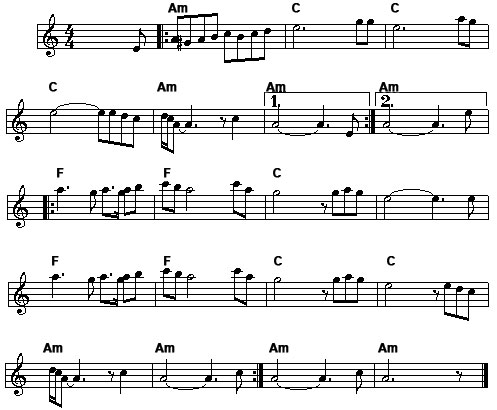FUSION
LATINA ANDINA .
FUSION
LATINA ANDINA .
| www.lyrics-songs.com/ | |
| www.kboing.com.br/ | |
|
CONDOR
PASA .Letra en quechua Traducción al español Oh majestuoso Cóndor de los Andes, También existe una versión de la letra en inglés, realizada por Paul Simon en 1970 (del dúo norteamericano Simon & Garfunkel), al cual muchas veces (erróneamente) se le ha atribuido la autoría.
|
 |
MI PERU Vals de Manuel Raygada Tengo el orgullo de ser peruano y soy feliz Ricas montañas, hermosas sierras, Asi es mi raza, noble y humilde por tradicion se ve rebelde cuando coactan su libertad entonces poniendo alma, mente y corazon rompe cadenas aunque a la muerte vea llegar entonces poniendo almamente y corazon rompe cadenas aunque la muerte vea llegar. |
|
| Throughout Spanish America the term 'creole' originally referred to the descendants of Spanish settlers, but it subsequently came to designate that which was distinctively local. In the case of Peru it designates the people and culture of the coastal region (as opposed to the Andean highlands) and of Lima in particular. It was on the coast that the Spaniards that founded their capital, where most of their settlement was concentrated and where their culture took deepest root. As a work-force they imported black slaves and in the colonial period blacks constituted the single biggest sector of Lima's population. Out of the intermingling of Hispanic and Afro-Peruvian traditions there evolved a distinctive creole culture, one of whose manifestations is the canción criolla . The latter is essentially dance music, but it was accompanied by lyrics which became popular in their own right and for that reason it is usually referred to as song. To place it in context, the canción criolla could be described as the Peruvian equivalent of the Argentinian tango and the Mexican ranchera in the sense that all three belong to the same era. It enjoyed its heyday between the mid-1930s to the mid-1970s, but particularly in the 1940s and 1950s. Star performers such as singers Jesús Vásquez and Lucha Reyes, the group 'Los Morochucos', guitarist Oscar Avilés and composer-singer Chabuca Granda were feted as national celebrities. At the level of the state it received official recognition as the government inaugurated an annual Día de la Canción Criolla in 1944, as groups were invited to play at the presidential palace and as the country's highest honours were conferred on top artists. The canción criolla , in fact, came to be seen as an expression of national identity both by the public and by officialdom. Radio announcers would introduce it as 'la voz y sentimiento del Perú popular' or 'el clásico estilo del cantar nacional'[1] and when stars went on international tours they were regarded as ambassadors for Peru. Indeed, it is an indication of the extent to which the canción criolla and Manuel Raygada's nationally loved vals 'Mi Perú' |
www.LATINFUSION.NL====> m.huarcap@home.nl ==> tel: 013 45 666 35